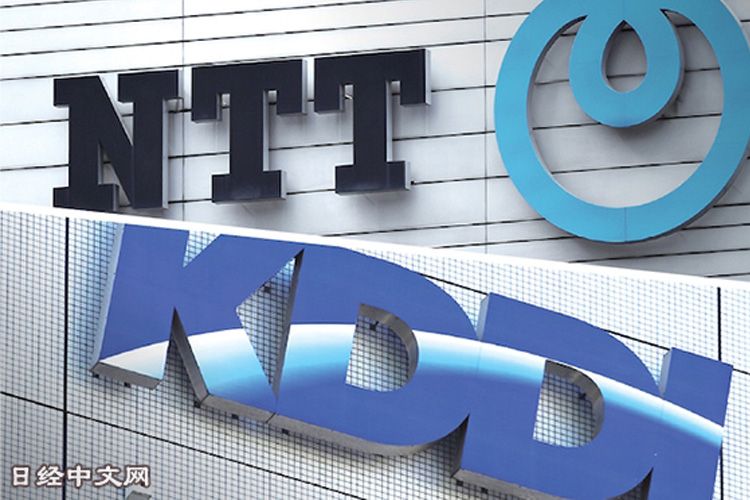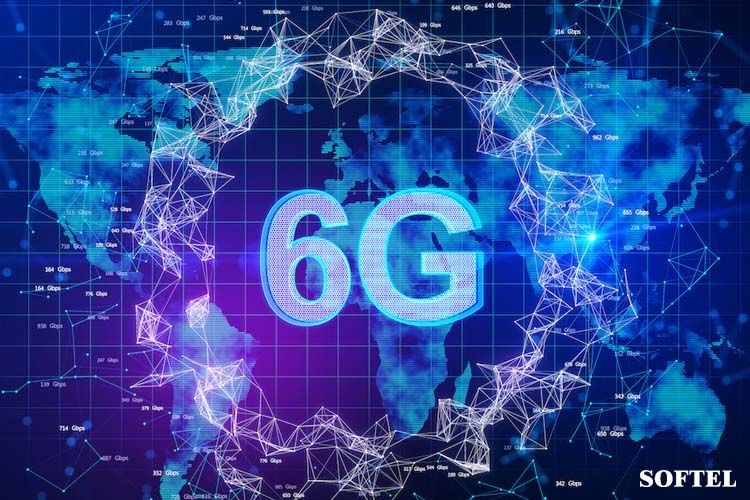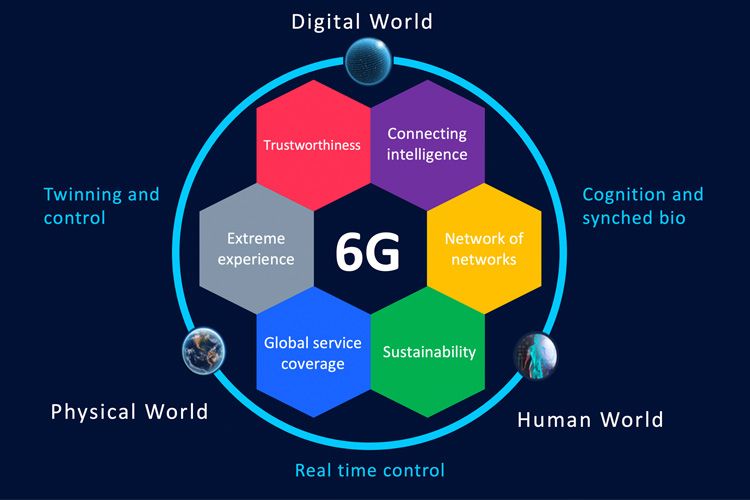According to the Nikkei News, Japan’s NTT and KDDI plan to cooperate in the research and development of a new generation of optical communication technology, and jointly develop the basic technology of ultra-energy-saving communication networks that use optical transmission signals from communication lines to servers and semiconductors.

The two companies will sign an agreement in the near future, using IOWN, an optical technology communication platform independently developed by NTT, as the basis for cooperation. Utilizing the “photoelectric fusion” technology being developed by NTT, the platform can realize all signal processing of servers in the form of light, abandoning the previous electrical signal transmission in base stations and server equipment, and greatly reducing transmission energy consumption. This technology also ensures extremely high data transmission efficiency while reducing energy consumption. The transmission capacity of each optical fiber will be increased to 125 times the original, and the delay time will be greatly shortened.
At present, the investment in IOWN-related projects and equipment has reached 490 million US dollars. With the support of KDDI’s long-distance optical transmission technology, the research and development speed will be greatly accelerated, and it is expected to be gradually commercialized after 2025.
NTT said that the company and KDDI will strive to master the basic technology within 2024, reduce the power consumption of information and communication networks including data centers to 1% after 2030, and strive to take the initiative in the formulation of 6G standards.
At the same time, the two companies also hope to cooperate with other communication companies, equipment, and semiconductor manufacturers around the world to carry out joint development, work together to solve the problem of high energy consumption in future data centers, and promote the development of next-generation communication technologies.

In fact, as early as April 2021, NTT had the idea of realizing the company’s 6G layout with optical communication technology. At that time, the company cooperated with Fujitsu through its subsidiary NTT Electronics Corporation. The two parties also focused on the IOWN platform to provide the next-generation communication foundation by integrating all photonic network infrastructures including silicon photonics, edge computing, and wireless distributed computing.
In addition, NTT is also cooperating with NEC, Nokia, Sony, etc. to carry out 6G trial cooperation and strive to provide the first batch of commercial services before 2030. Indoor trials will start before the end of March 2023. At that time, 6G may be able to provide 100 times the capability of 5G, support 10 million devices per square kilometer, and realize 3D coverage of signals on land, sea, and air. The test results will also be compared with global research. Organizations, conferences, and standardization bodies share.
At present, 6G has been regarded as a “trillion-dollar opportunity” for the mobile industry. With the Ministry of Industry and Information Technology’s statement on accelerating 6G research and development, the Global 6G Technology Conference, and the Barcelona Mobile World Congress, 6G has become the biggest focus of the communications market.
Various countries and institutions have also announced 6G-related research many years ago, competing for the leading position in the 6G track.

In 2019, the University of Oulu in Finland released the world’s first 6G white paper, which officially opened the prelude to 6G-related research. In March 2019, the U.S. Federal Communications Commission took the lead in announcing the development of the terahertz frequency band for 6G technology trials. In October of the following year, the U.S. Telecom Industry Solutions Alliance formed the Next G Alliance, hoping to promote 6G technology patent research and establish the United States in 6G technology. the leadership of the era.
The European Union will launch the 6G research project Hexa-X in 2021, bringing together Nokia, Ericsson, and other companies to jointly promote 6G research and development. South Korea established a 6G research team as early as April 2019, announcing efforts to research and apply new-generation communication technologies.
Post time: May-26-2023



